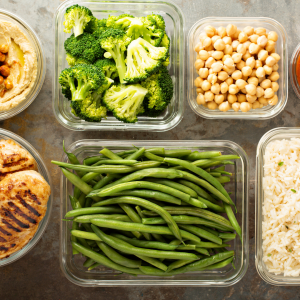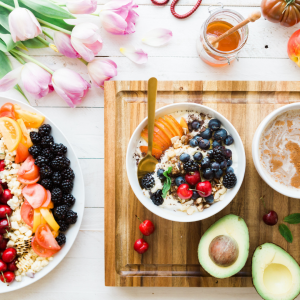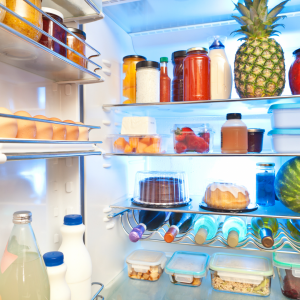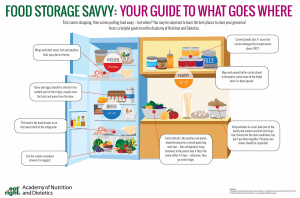Food Storage: the Missing Link to Meal Planning
We've spent this month talking about the importance of planning when it comes to food. Mapping out our workdays and our work spaces, putting strategies in place to keep our alcohol consumption in check, thinking about our meals in advance. So now that you've got your plans in place, it only makes sense for us to take a look at a piece of the puzzle you might not have even considered: food storage.

The cornerstones of meal planning- and meal prepping- are constructing a menu for the coming week and getting some of the major cooking out of the way so that you're not scrambling to make time for it later in the week. But equally as important is what you meal prep in advance and how your store it so that it stays fresh and tasty. For example, foods with high water contents like greens and watermelon can often become soggy and mushy when frozen then thawed. And meals not stored in airtight containers- or kept too long before they're eaten can become stale or freezer-burnt. Meal-prepping done right should make it impossible to tell that your meal wasn't cooked fresh right before it's eaten!

So just how- and how long- can you store pre-prepped foods? Here's Harvard School of Public Health's take on it:
Refrigeration at 40°F or lower
1-2 days: Cooked ground poultry or ground beef
3-4 days: Cooked whole meats, fish and poultry; soups and stews
5 days: Cooked beans; hummus
1 week: Hard boiled eggs; chopped vegetables if stored in air-tight container
2 weeks: Soft cheese, opened
5-6 weeks: Hard cheese, opened
Freezing at 0°F or lower
2-3 months: Soups and stews; cooked beans
3-6 months: Cooked or ground meat and poultry
6-8 months: Berries and chopped fruit (banana, apples, pears, plums, mango) stored in a freezer bag
8-12 months: Vegetables, if blanched first for about 3-5 minutes (depending on the vegetable)

Have you ever gazed into your refrigerator, freezer or pantry and wondered if there's a rhyme or reason behind the shelves, drawers, etc.? Yep, there is! And we love the way this simple graphic from EatRight. breaks it down. (Click graphic to enlarge)
In a nutshell, fruits (with pits, plus some others) and veggies (including tomatoes) should be kept in the drawers at the bottom of the fridge. Well-wrapped meats are next, then eggs and dairy, kept in the coldest part of the fridge, usually toward the back. Door shelves are ideal for condiments, including opened items like peanut butter and mayo. Items to be stored in the freezer, especially meats, should be wrapped and sealed well to maximize freshness and preserve nutrients. Your pantry is ideal for prepackaged and canned goods, as well as potatoes and onions (not stored together, though!) that keep best in cool, dark places.
Meal planning has long been associated with healthier diets and as an invaluable tool when it comes to weight loss and maintenance. In addition, it's an often-overlooked method for 'buying back time for ourselves' in the midst of our busy lifestyles. By taking our planning just one step further to consider not just what we prep, but how we store the fruits of our meal-prepping labor, we are setting ourselves up for success. Need some help getting your groceries organized? We're always here to help!


 RSS Feed
RSS Feed